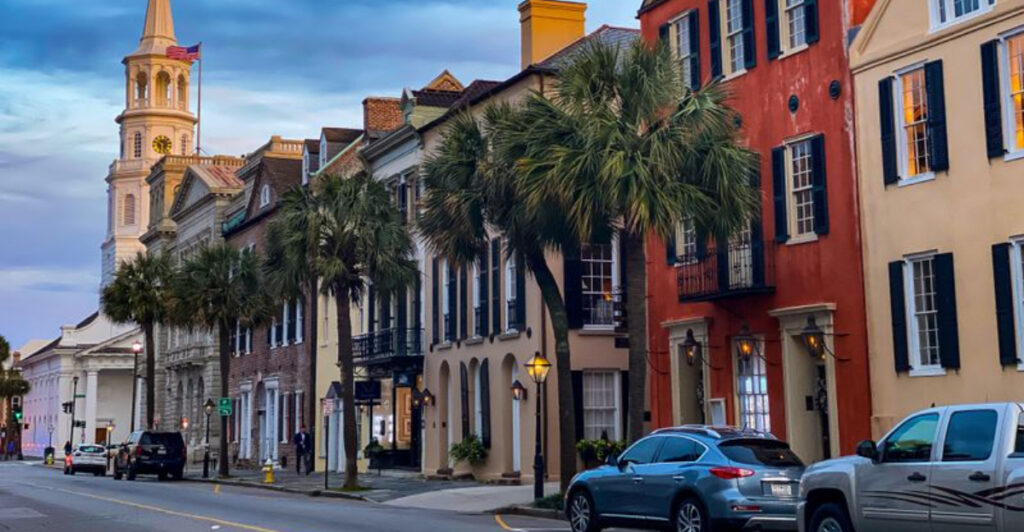Charleston beckons with its cobblestone streets, antebellum architecture, and world-famous cuisine. This charming South Carolina city offers visitors a perfect blend of history, culture, and Southern hospitality. However, like any popular destination, Charleston has its quirks and insider secrets that can make or break your experience. Understanding these key details before you arrive will help you navigate the Holy City like a local and make the most of your Southern adventure.
1. Spring and fall feel best
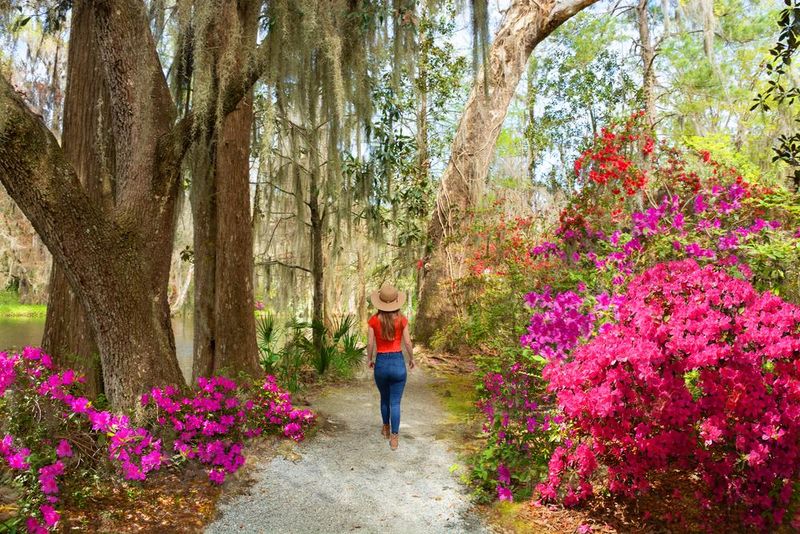
Charleston’s subtropical climate brings sweltering summers that can test even the most adventurous traveler. March through May and September through November offer the sweet spot for comfortable exploration.
During these shoulder seasons, temperatures hover in the pleasant 70s and 80s, making walking tours and outdoor dining a joy rather than an endurance test. Spring brings blooming azaleas and jasmine that perfume the air, while fall delivers crisp mornings perfect for carriage rides.
Summer visitors should plan indoor museum visits or shopping breaks during the brutal midday heat when temperatures soar into the 90s with crushing humidity.
2. Know hurricane season (and what it means)
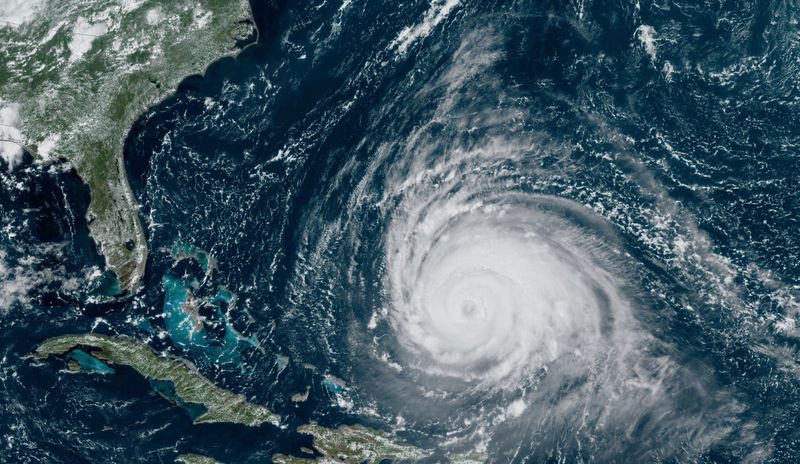
Hurricane season runs from June through November, but don’t let this scare you away from visiting. Most days during this period are perfectly normal, with beautiful weather and clear skies.
Smart travelers monitor weather forecasts starting about a week before their trip and consider purchasing travel insurance for peace of mind. Many hotels and airlines offer flexible booking policies during peak hurricane months of August and September.
If a storm does threaten, Charleston’s emergency management system provides excellent communication. Local businesses are experienced at hurricane preparations, and most storms either weaken significantly or change course before reaching the coast.
3. Flying in is easy—and so is car-free exploring downtown
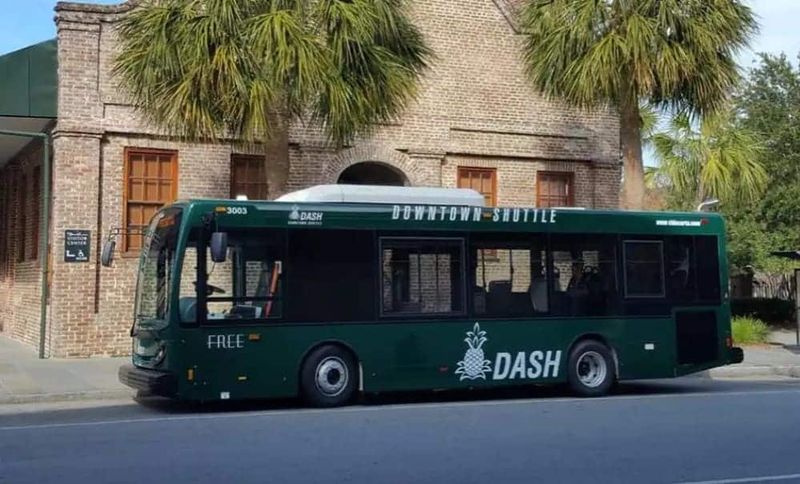
Charleston International Airport sits just 12 miles from downtown, making arrival simple and stress-free. Multiple airlines serve this modern facility, and rental cars, taxis, and rideshares are readily available.
Once downtown, ditch the car and hop aboard the free CARTA DASH trolleys that loop through all the major attractions. These convenient shuttles connect the Aquarium, City Market, Waterfront Park, and Broad Street every 15 minutes.
The compact Historic District spans just a few square miles, making it perfect for walking between trolley stops. Many visitors find they never need their rental car while exploring the peninsula’s restaurants, shops, and historic sites.
4. Parking is paid and limited—use the Visitor Center strategy
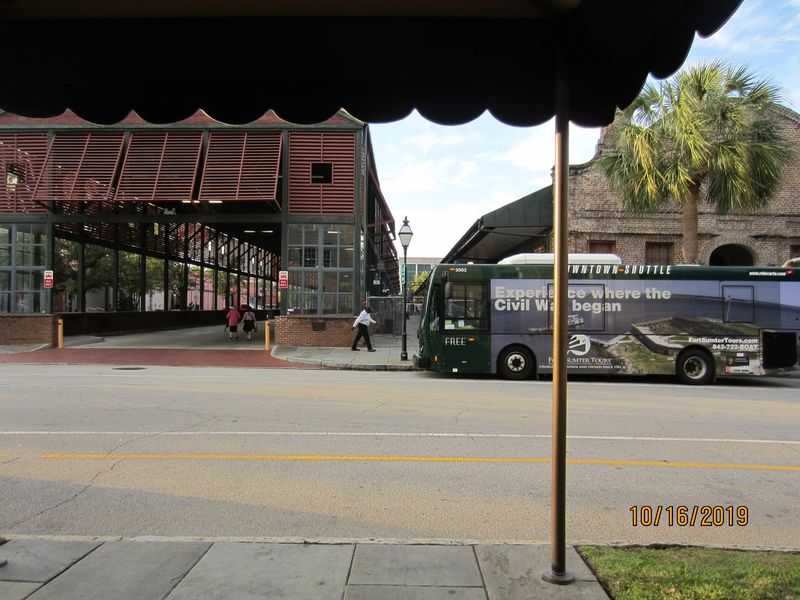
Downtown Charleston’s narrow historic streets weren’t designed for modern traffic, creating a parking nightmare for unprepared visitors. Street meters cost several dollars per hour, and garage spaces fill quickly during peak times.
Here’s the insider trick: park at the Official Visitor Center garage where rates are reasonable and spaces are usually available. From there, catch the free DASH trolley that stops right outside the building.
This strategy saves money and eliminates the frustration of circling blocks looking for parking. Plus, you’ll start your visit at the Visitor Center where friendly staff can provide maps, restaurant recommendations, and insider tips for maximizing your Charleston experience.
5. Fort Sumter needs a ferry ticket
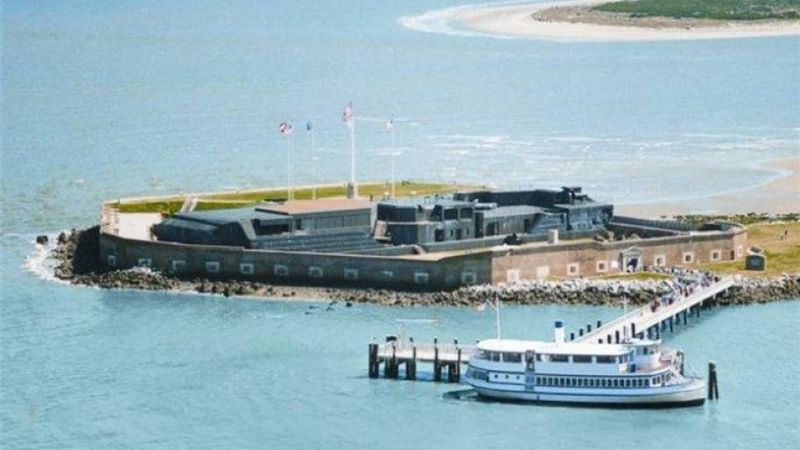
Fort Sumter National Monument sits on a small island in Charleston Harbor, accessible only by boat. This historic site where the Civil War began requires advance planning, especially during busy tourist seasons.
Official tour boats depart from two locations: Liberty Square downtown and Patriots Point in Mount Pleasant. The 30-minute ferry ride includes narration about Charleston’s maritime history and provides stunning harbor views.
Book tickets online ahead of time, particularly from March through October when tours often sell out. The round-trip journey takes about 2.5 hours total, including time to explore the fort’s museum exhibits and walk the historic grounds where Confederate forces fired the first shots of America’s bloodiest conflict.
6. Beaches are close—but alcohol is banned on the sand
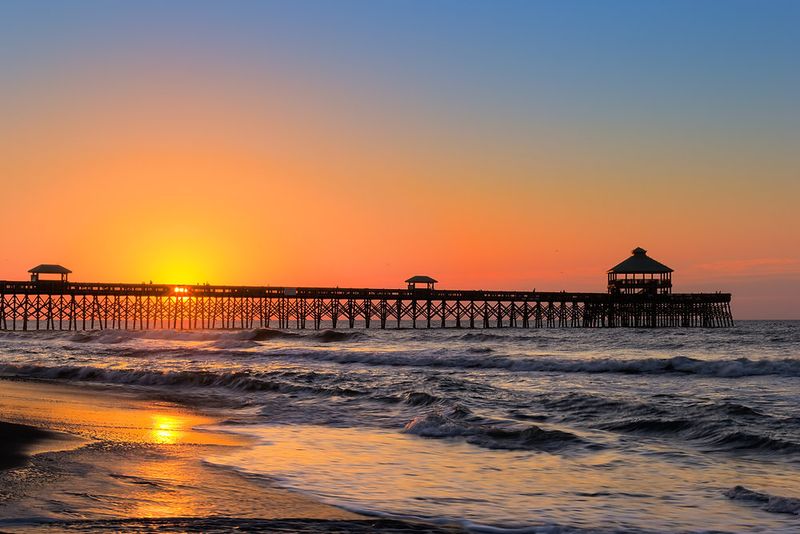
Charleston’s beautiful barrier island beaches lie just 15-30 minutes from downtown, offering perfect day trip opportunities. Folly Beach attracts surfers and young crowds, while Sullivan’s Island and Isle of Palms provide family-friendly atmospheres with excellent restaurants nearby.
However, alcohol is strictly prohibited on Folly Beach and Sullivan’s Island sand. Violating these ordinances can result in hefty fines and legal trouble that will ruin your vacation.
Each beach maintains different pet policies and seasonal restrictions, so check current rules before packing your gear. Many beachfront restaurants and bars offer happy hour specials where you can enjoy cocktails legally while watching spectacular sunsets over the Atlantic.
7. Short-term rentals are regulated
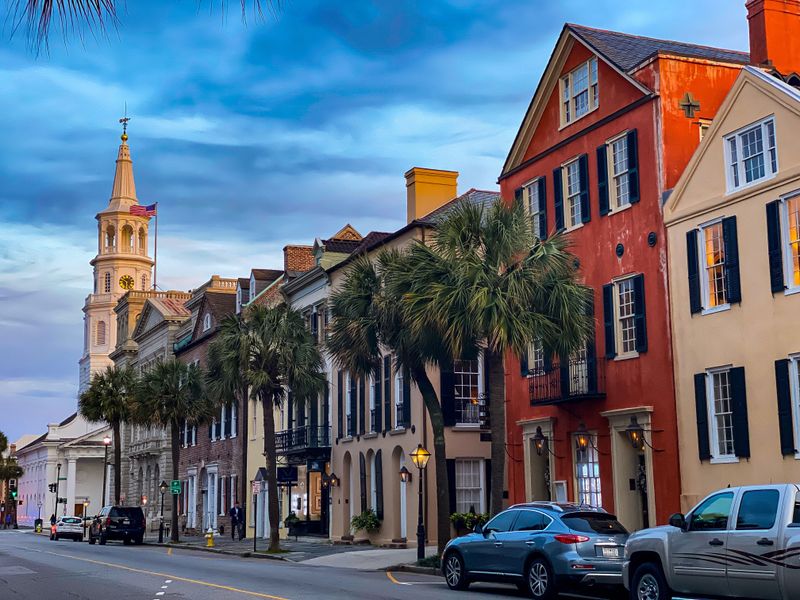
Charleston strictly regulates vacation rentals to protect neighborhood character and housing availability for residents. The city requires all short-term rentals to display valid permit numbers in their listings and advertisements.
Most residential vacation rentals must be the owner’s primary residence, limiting options but ensuring compliance with local laws. Unlicensed rentals face steep fines, and guests can find themselves without accommodation if properties get shut down.
Before booking through Airbnb, VRBO, or other platforms, verify the permit number and check that it matches city records. Licensed properties also collect proper taxes and follow safety regulations, protecting both visitors and the community from potential problems during your stay.
8. Learn the place, not just the pretty
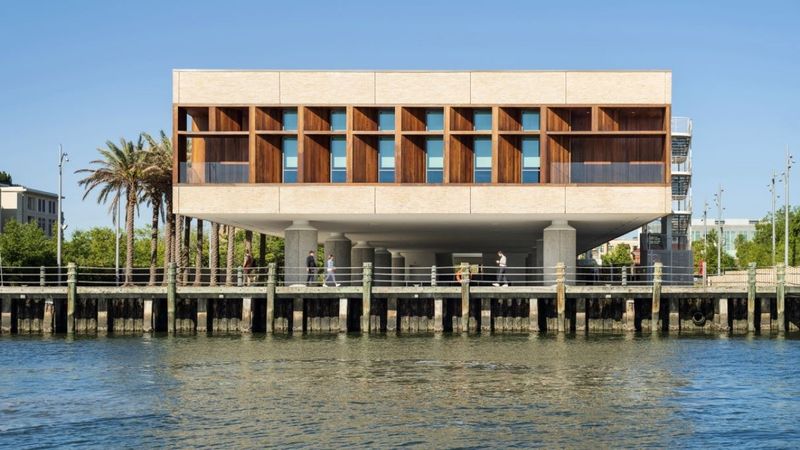
Charleston’s postcard beauty masks a complex history centered on slavery and the African diaspora that shaped American culture. The International African American Museum at Gadsden’s Wharf sits where nearly half of all enslaved Africans first touched North American soil.
McLeod Plantation Historic Site on James Island offers powerful, unvarnished tours that examine slavery’s realities and legacies. These interpretation-led experiences provide essential context often missing from traditional plantation tours.
Understanding Charleston’s full story—both beautiful and painful—creates deeper appreciation for the city’s authentic culture, from Gullah-Geechee traditions to architectural influences. Responsible tourism means engaging with difficult histories alongside the charm and hospitality that make Charleston special.
9. What to eat: Lowcountry icons
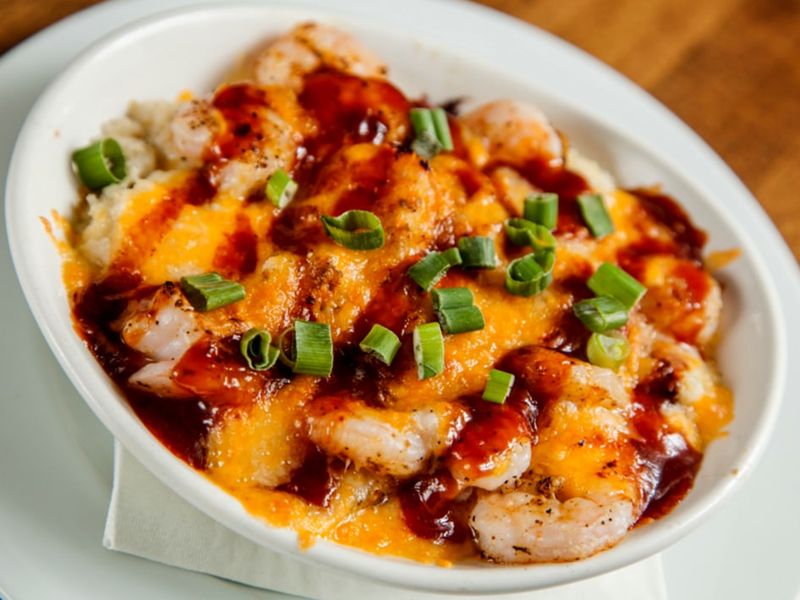
Charleston’s culinary scene revolves around Lowcountry classics that reflect centuries of cultural fusion. She-crab soup, creamy with roe and sherry, appears on nearly every menu alongside shrimp and grits prepared dozens of creative ways.
Oyster roasts celebrate the local harvest, while Gullah-Geechee dishes like red rice and okra soup honor African culinary traditions. Popular restaurants book weeks in advance, especially during peak tourist seasons and food festivals.
Make reservations early for renowned spots, but also explore neighborhood joints where locals eat. Food halls and markets offer chances to sample multiple specialties without committing to full meals. The city’s food scene constantly evolves while honoring traditional recipes passed down through generations.
10. Festival timing can shape your trip
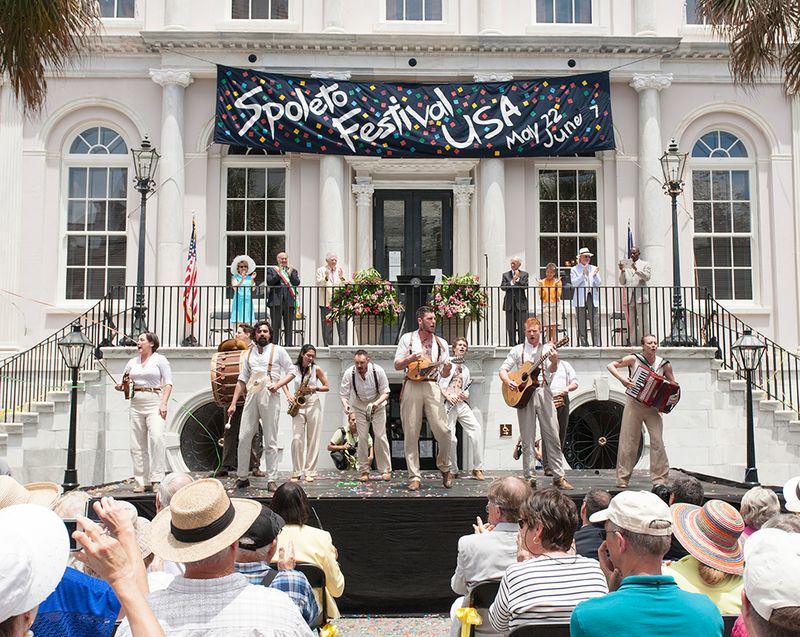
Spoleto Festival USA transforms Charleston every late May and early June, filling churches, theaters, and outdoor venues with world-class performances for 17 intensive days. This internationally acclaimed arts festival brings incredible energy but also crowds and premium pricing.
Festival tickets and hotel rooms sell out months ahead, requiring advance planning if you want to experience both Spoleto performances and Charleston’s regular attractions. Restaurant reservations become nearly impossible without advance booking.
Other major events like Charleston Wine + Food Festival and holiday tours also impact availability and pricing. Check the city’s event calendar when planning your dates—you might want to time your visit to coincide with festivals or specifically avoid them for a quieter experience.
11. Tides, heat and wildlife basics
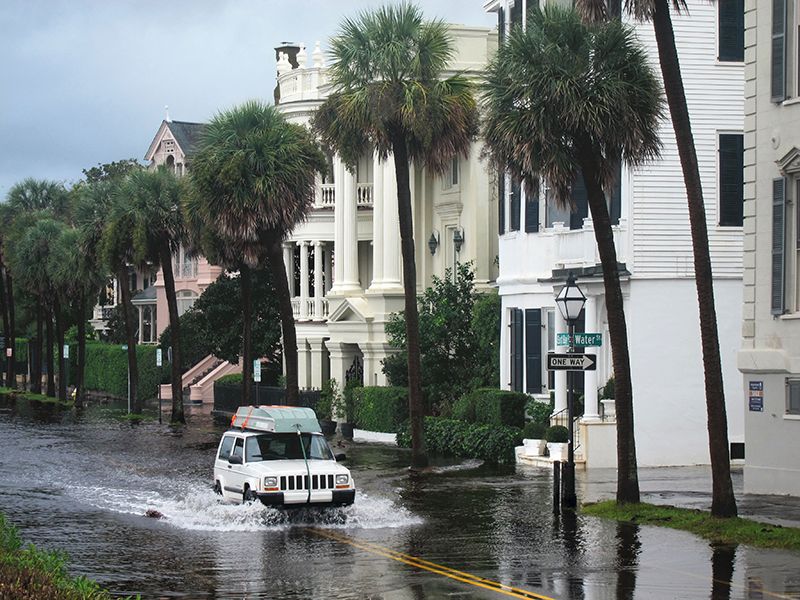
Charleston’s peninsula experiences “king tides” that can flood downtown streets, particularly around the City Market and lower King Street areas. Check the city’s tide prediction tool before planning walking tours during high tide periods.
Summer heat demands serious hydration—carry water bottles and seek air conditioning regularly. Bug spray becomes essential near marshes and parks where mosquitoes thrive in humid conditions.
The Lowcountry’s waterways host alligators year-round. These impressive reptiles deserve respect and distance—never feed or approach them. Dolphins frequently visit Charleston Harbor, providing delightful wildlife viewing opportunities from boats, beaches, or waterfront restaurants. Always observe wildlife from safe distances while enjoying these natural encounters.

